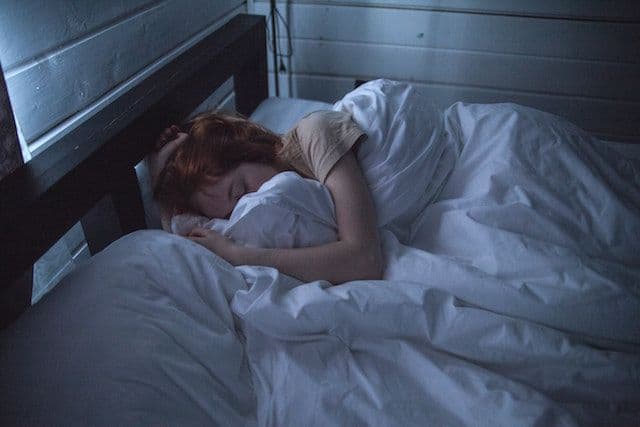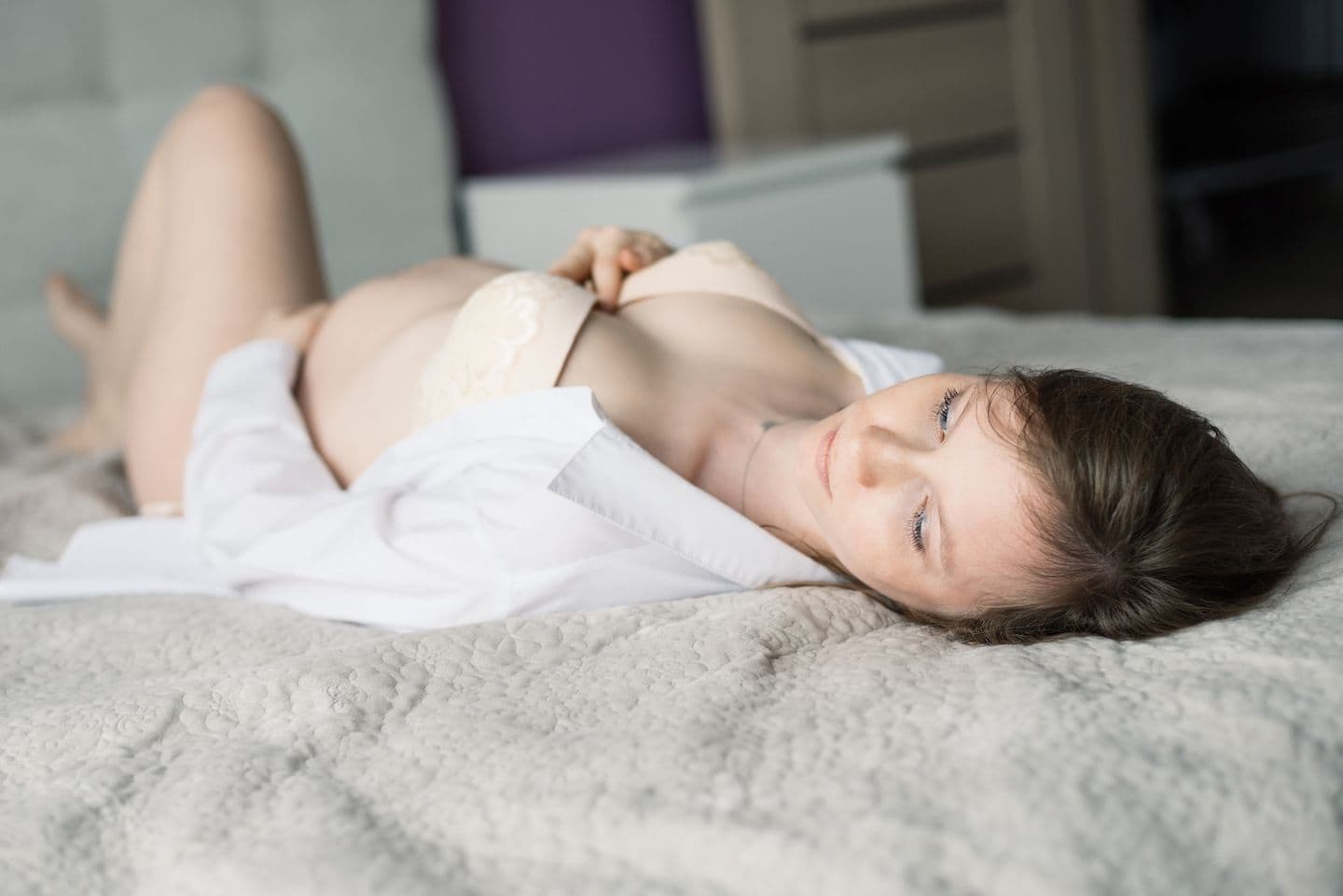Sleep Apnea and Pregnancy
Pregnancy
Obie Editorial Team

Pregnant women are at risk for sleep apnea, a condition in which breathing stops temporarily during sleep. Sleep apnea may increase complications during pregnancy, including low birth weight, gestational hypertension, which is high blood pressure during pregnancy, and preeclampsia – high blood pressure and protein in the urine. Women with sleep apnea during pregnancy also struggle with daytime sleepiness and fatigue more often than do women without this sleep disorder.
Types of sleep apnea
There are three types of sleep apnea: obstructive, central, and mixed. Obstructive sleep apnea is a common type of sleep apnea. Obstructive sleep apnea is the result of a blockage in the airway, usually resulting when the soft tissue in the rear of the throat collapses and causes the airway to close during sleep. Central sleep apnea is a disorder in which the brain “forgets” to tell the respiratory muscles to breathe. Mixed apnea is a combination of the two.
Symptoms of sleep apnea
Symptoms of sleep apnea include heavy snoring accompanied by long pauses followed by choking or gasping during sleep. Someone who suffers sleep apnea might occasionally wake up with a choking or gasping sensation, or with a sore or dry throat. She might struggle with daytime sleepiness, no matter how much time she spends in bed. Sleep apnea may cause morning headaches, forgetfulness, moodiness, and trouble concentrating.
Getting a diagnosis
A primary care provider can diagnose sleep apnea or refer a patient to a specialist for further studies. Doctors use information about the patient’s medical and family histories, a physical exam, and sleep studies to diagnose sleep apnea. A polysomnogram, or PSG, is the most common sleep study used to diagnose sleep apnea. The test records brain activity, eye movements, heart rate, and blood pressure along with oxygen levels in the blood, air movement through the nose, snoring, and chest movements.
The results of the PSG test help the doctor determine the proper settings on a Continuous Positive Airway Pressure (CPAP) machine. The machine gently blows air into the user’s throat; the pressure from the airflow keeps the user’s airway open to allow the free flow of air. CPAP is the most common treatment for sleep apnea, according to the National Heart, Lung, and Blood Institute.
Read More











